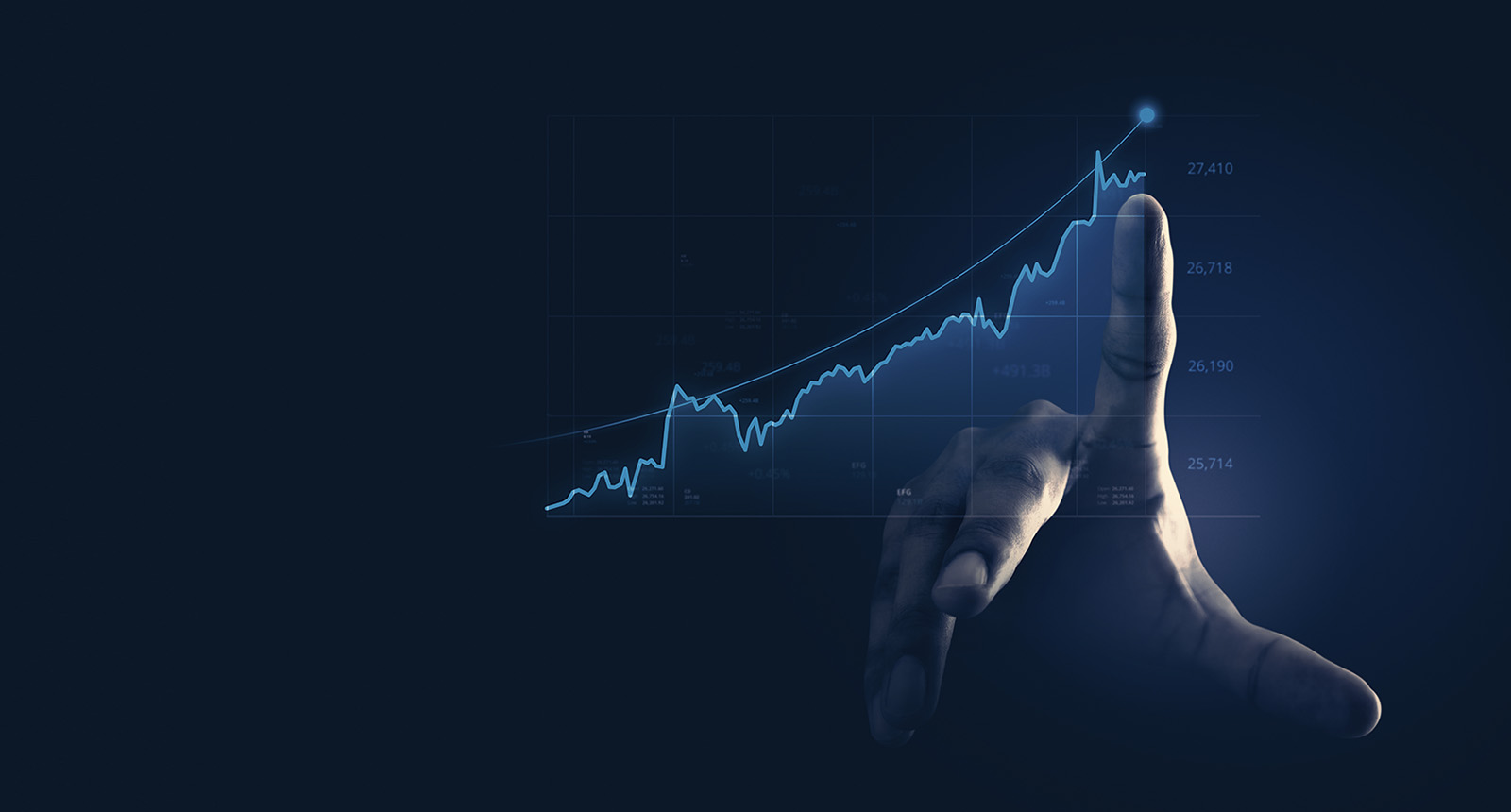Leverage products are financial instruments that offer investors the opportunity to gain exposure to a market or asset class with a relatively small amount of capital. The term “leverage” refers to the ability to magnify returns by using borrowed money or financial instruments such as derivatives. In other words, leverage allows investors to amplify gains, but also magnifies losses.
Leverage products can be used to profit from both rising and falling markets. However, they are complex and require a deep understanding of the underlying asset, as well as the risks and potential rewards. They can be used for speculative purposes or to hedge a portfolio against potential losses.

Discover the Range of Structured Leverage Products in Switzerland: Warrants, Mini-Futures, Knock-Outs and More
Leverage products, such as warrants, knock-out securities, and mini-futures, are financial instruments that allow investors to profit from price movements in the underlying asset by using only a small amount of capital. They are also known as derivatives, as their value is derived from an underlying asset, which can be a stock, index, currency, or commodity. By using leverage, investors can magnify their gains, but at the same time, they can also magnify their losses.
One of the primary benefits of leverage products is that they offer investors an opportunity to make gains from both rising and falling markets. They are popular with experienced investors who are looking for opportunities to profit from short-term price movements in the market. However, they are not suitable for all investors, as they carry a higher level of risk than traditional investment products such as stocks and bonds.
Leverage products can be used for both speculative and hedging purposes. Speculators use them to take advantage of price movements, while investors use them to hedge their portfolios against losses. They can be easily traded on the Scoach trading platform, which guarantees the highest standards of trading.
Leverage products are available in various forms, each with different characteristics and risks. Some of the most popular leverage products include warrants, knock-out securities, and mini-futures.
Types of Leverage Products
There are several types of leverage products available to investors, including warrants, knock-out securities, and mini-futures. Each type of product has its own unique features and benefits, as well as its own set of risks.
Warrants
A warrant is a financial instrument that gives the holder the right, but not the obligation, to buy or sell an underlying asset at a predetermined price and date. Warrants can be issued for various underlying assets, such as stocks, indices, currencies, and commodities. They can be used to speculate on the price movement of the underlying asset, or to hedge an existing position.
Warrants can be issued by banks or other financial institutions, and can be traded on exchanges such as Scoach. Warrants can offer leverage, allowing investors to gain exposure to an underlying asset with a relatively small amount of capital. However, they also come with risks, such as the possibility of losing the entire investment if the underlying asset does not perform as expected.
Knock-out Securities
A knock-out security is a type of derivative that allows investors to profit from the price movement of an underlying asset, while limiting the potential losses. A knock-out security has a “knock-out” price, which is the price at which the security will expire if the underlying asset reaches a certain level.
For example, let’s say an investor buys a knock-out security with a knock-out price of $100. If the underlying asset reaches $100, the security will expire, and the investor will lose their entire investment. However, if the underlying asset stays below $100, the investor can profit from the price movement.
Mini-Futures
A mini-future is a type of derivative that allows investors to profit from the price movement of an underlying asset, with the potential for leverage. Mini-futures are similar to futures contracts, but with a smaller contract size. They are often used to speculate on the price movement of an underlying asset, or to hedge an existing position.
Mini-futures can be traded on exchanges such as Scoach. They offer leverage, allowing investors to gain exposure to an underlying asset with a relatively small amount of capital. However, they also come with risks, such as the possibility of losing the entire investment if the underlying asset does not perform as expected.
In the world of finance, leverage products can provide investors with an opportunity to amplify their returns. However, with great power comes great risk. It’s essential to have a deep understanding of the different types of leverage products before investing in them. Three popular options are warrants, knock-out warrants, and mini-futures.
Warrants have been a part of the Swiss securities marketplace for many years. They’re a type of option that gives investors the right, but not the obligation, to buy or sell an underlying asset at a specific price and time. The price of a warrant is primarily driven by the price movements of the underlying asset, but other factors like volatility also come into play. Volatility refers to the degree of price fluctuation that the underlying asset demonstrates. Therefore, to understand the pricing of a warrant, investors must comprehend the impact of volatility.
Knock-out warrants are a relatively new product that has gained popularity overnight. Unlike warrants, volatility has little or no influence on their pricing, making it easier for investors to understand their potential value. However, the leverage of a knock-out product is frequently higher than that of a comparable warrant, which increases the risk. If the price of the underlying asset penetrates a predetermined threshold level on the upside or downside, the knock-out security becomes immediately deliverable. This means that when a “knock-out event” occurs, the product becomes valueless instantaneously. Depending on the product’s features, it’s possible that a residual value will be paid to investors.
Mini-futures are also gaining popularity as a highly transparent leverage product. They’re suitable not only for speculation purposes but also as a means of hedging share portfolios, foreign currency positions, and interest rate risks. The value of a mini-future is easy to calculate, and it’s not necessary to have a deep understanding of warrant-specific factors like volatility and “time value.” Unlike warrants, mini-futures have no term limitation, and the position will only be automatically liquidated if a stop-loss limit is hit. This is another knock-out event. Mini-futures are not subject to the influence of volatility and directly mirror the price movements of the underlying asset.
There are product types that benefit from either rising or falling prices for warrants, knock-out warrants, and mini-futures. Call warrants and long mini-futures gain value when the price of the underlying asset increases. In the case of a knock-out warrant, the corresponding product type is frequently referred to as a “knock-out call” or “turbo call.” Conversely, put warrants and short mini-futures profit when the price of the underlying asset declines. The related knock-out products are known as “knock-out puts” or “turbo puts.”
In summary, warrants, knock-out warrants, and mini-futures are three popular types of leverage products that can help investors amplify their returns. However, they come with risks that must be carefully considered. Warrants are primarily driven by the price movements of the underlying asset and volatility. Knock-out warrants are easier to understand because volatility has little or no influence on their pricing. However, they have a higher leverage and additional risk. Mini-futures are growing in popularity as they’re transparent and suitable for hedging purposes. They have no term limitation and are not subject to the influence of volatility. When investing in leverage products, it’s crucial to consider the product types that benefit from rising or falling prices, and to have a sound understanding of the potential risks and rewards.
Get Started with YiELDEN




